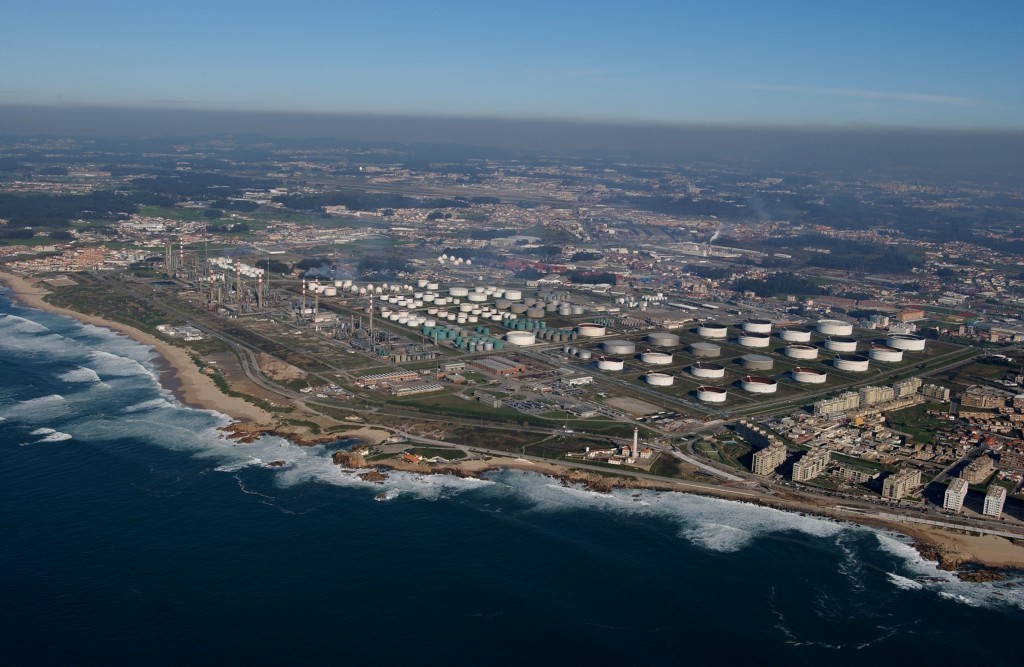
Galp will focus on major upstream projects, company executives said today, but these must be able to compete in a world where demand may be constrained.
The company is “starting to embrace the energy transition opportunities”. Energy transition is a “new era … full of new opportunities”. In a scenario where the world manages to limit warming to 2 degrees Celsius, oil prices could be “materially different”, he said, making the selection of projects even more important.
The breakeven for Galp’s projects is below $25 per barrel, Galp’s CEO Carlos Gomes da Silva said. Carbon intensity is 9.4 kg of CO2 equivalent per barrel, below the industry average of 18 kg. “Future developments will fit in the low cost and low carbon portfolio strategy,” the executive said.
In pursuit of this, final investment decisions (FIDs) are expected this year for projects in Brazil and Mozambique. There was no mention of additional Angolan projects.
The Bacalhau plan, in Brazil, should be approved this year and – using the largest FPSO in Brazilian waters – will have 220,000 barrels per day of capacity. First oil should be achieved in end 2023 or early 2024. Plans are also under way for a second phase on the field.
The first phase of Rovuma LNG should also be sanctioned imminently, Galp’s COO Thore Kristiansen said. Other sources have said this decision may come in the first quarter. Rovuma LNG should begin producing in 2025. The asset’s location is ideally suited for serving the market, able to supply Asia, Europe or South America, Kristiansen said.
The upstream business is expected to provide 10% growth per year on average over the next 10 years. “In the upstream the goal is to maximise the value from our assets,” Kristiansen said.
Another gas project in Mozambique, Coral floating LNG (FLNG) is on track and on budget, reaching 63% completion as of the end of 2019. First LNG should be achieved by the second half of 2022.
There is around 85 trillion cubic feet in place in Mozambique’s Area 4, with no H2S and little nitrogen, couple with a clement environment, allows the Rovuma LNG backers to develop it in an “extremely competitive way, with a breakeven below $4.5 per mmBtu”, Kristiansen said. At plateau, this should provide Galp with $400 million per year of free cash flow, staying at plateau for around 20 years.
There are also plans to expand the project through second and third phases.
Production rose 14% in 2019, driven by the start of two FPSOs in Brazil and Kaombo Sul in Angola. Kaombo Sul reached plateau in December 2019 and is the “asset with the highest cash margin for Galp”, Kristiansen said.
In the upstream, Galp will continue to develop “sizeable and very low cost resources and increase the weight of natural gas in our portfolio” da Silva said, noting the role of Mozambique in this area. “This will continue to support the strong cash flow generation and also value creation.”
In the mid- and downstream, energy efficiency will be the theme, while in the commercial space there is a focus on meeting the needs of the customers. The last sector, described by da Silva as the company’s “new baby”, are renewables and new business.
There is scope for exploration in the company’s plans, with Kristiansen noting two opportunities. In Brazil, a well is under way on the Uirapuru area and results should be ready within a month or so.
Galp is also planning an exploration well in Sao Tome & Principe’s Block 6 on a new play concept developed by the Galp team. This should be spudded late this year or early 2021. “This is truly frontier, with the associated high risk,” Kristiansen said.
